A wave maker, also known as a powerhead, plays an essential role in creating water movement and circulation. Plus, it helps improve oxygen levels, distribute nutrients, and move waste products throughout the tank. In this guide, we will share some aquarium wave makers from hygger and cover more about wave makers, like how to choose the best aquarium wave maker.
Content Table
hygger Aquarium Wave Maker Models
| Wavemaker models | hygger 070 cross-flow wave pump | hygger 021 mini wave maker | hygger 020 double-head wave maker |
| Applicable aquariums | 60-265 gallon freshwater and marine aquariums | 5–100 gallons freshwater and saltwater tanks | 40–240 gallons freshwater and saltwater tanks |
| Glass thickness | Less than 0.315/ 0.39/0.47 inches (Less than 8/10/15 mm) | 4-10 mm | Less than 0.47 inches |
| Wavemaker size | 12W/18W/25W | 3W/6W | 5W/12W |
| Flow rate | 1321GPH/1850GPH/2380GPH | 530GPH/1056GPH | 2*1050GPH/2*2100GPH |
| Functions | 5 wave modes: pulse wave/sine wave/constant wave/random wave/cross flow wave (5 wave modes simulate the natural water flow)3 working modes: feeding mode/night mode/ and linkage mode Various options: 1-100 flow rate levels/1-100 frequency levels |
Agitate water: oxygenate the water and make fish thrive
Circulate water: provide a natural current for corals & circulate water for evenly heating Provide efficient filtration: blow up debris, which eventually be sucked into a filter |
Form a water cycle: increase dissolved oxygen level & equalize water temperature
Create water current: allow corals to float and move & bring food to corals & wash away the mucus secreted by the corals OFF function: the square button can suspend running without affecting the fish feeding |
| Features | Intelligent LED controller: It allows you to set the cross-flow wave pump.
Rotatable head: It generates waves from multiple directions. Unique cross-flow pump: It generates soft waves and the waves are spread 360 degrees. The water flow is similar to that of the ocean. Super silent: Applied with the sine wave control technology, the wave pump runs with almost no sound. |
Flexible head: Build in a 360-degree rotatable ball joint design, it can freely adjust wave flow direction.
Easy to install: A magnetic base lets you easily mount on tank glass and move the maker to the optimal place. Disassemble easily: Certified by ETL of a high standard, the power head is coupled with an efficient motor and corrosion-resistant ceramic shaft. Easy to clean: The protection housing is removable for easier cleaning. |
Double head + Double power: 360-degree adjustable double-head wave maker makes longer and more powerful waves.
Double-fixed magnet base: The suction cup base can reduce vibration, making the wave maker work more silently. A solid magnet base makes the pump more stable. |
| Installation | On the upper side of the tank: Form different wave shapes.
In the middle of the tank: Generate a continuous stream of small bubbles, simulating the effect of the ocean. At the bottom of the tank: Blow away debris. |
Near the water surface: Create surge currents to agitate aquarium water.
Mount in the middle: Provide a natural current and diffuse carbon dioxide. Place near the substrate: Stir up debris. |
On the top of the tank: Form water ripples to make water flow and form a water cycle.
In the middle of the tank: Blow away the bubble of air stone & great for fish movement and exercise. At the bottom of the tank: Blow away debris & accelerate the flow of food. |
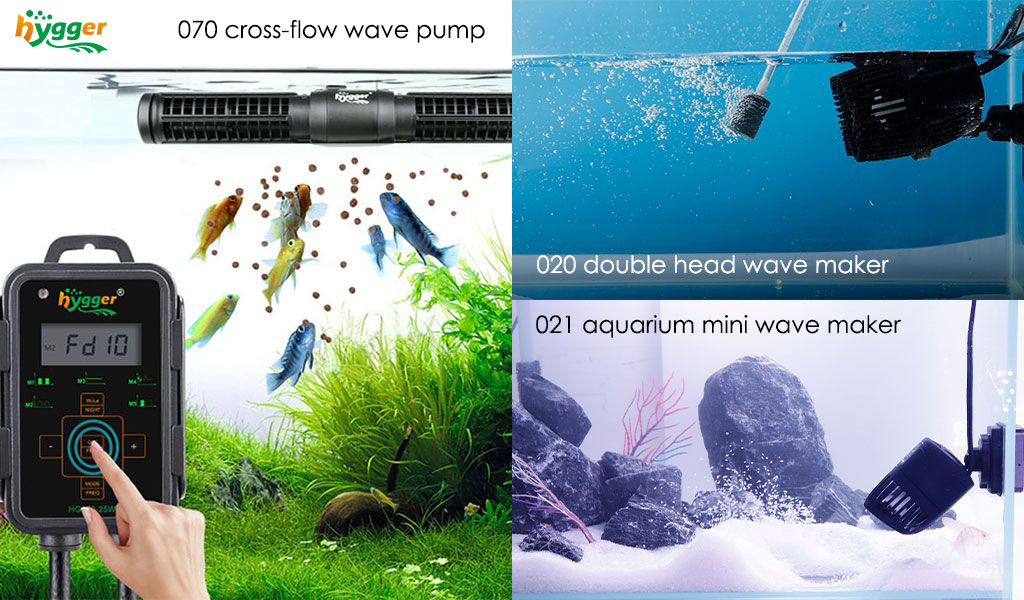
Do I Need a Wave Maker for My Aquarium
Benefits of wave maker in aquariums
Is a wave maker good for aquariums? Exactly, the answer is positive most of the time. Next, we will list some benefits of the best wave makers in aquariums.
- Create water circulation
An aquarium wave maker can rotate the water and circulate the water flow. Moving the fish feces or waste to the pump suction inlet is helpful. Then these unnecessary substances will be sucked away from your tank. Also, the maker prevents stagnant areas and dead spots in aquariums.
- Oxygenation & Gas Exchange
Wavemakers promote efficient gas exchange at the water surface, improving oxygenation levels in the aquarium. Adequate oxygen levels are crucial for the well-being of fish, invertebrates, and beneficial bacteria.
- Reduce the fight between fish in your aquarium
Being distracted by the water flow and pressure created by the wavemaker, fish may show less aggression. Consequently, aggressive fish would fight less with other fish.
- Strengthen fish body
In nature, some fish live in the wind and waves. If you keep them in a fish tank without strong water flow, they may become short, thick, and obese. Luckily, you can add an aquarium wave maker to mimic their natural environment. Then fish will move around the tank because of the strong water currents. Long-term movement is beneficial to strengthen the fish body. Accordingly, reducing the risk of suffering from fish disease. Plus, water movement can assist in the proper feeding and growth of corals.
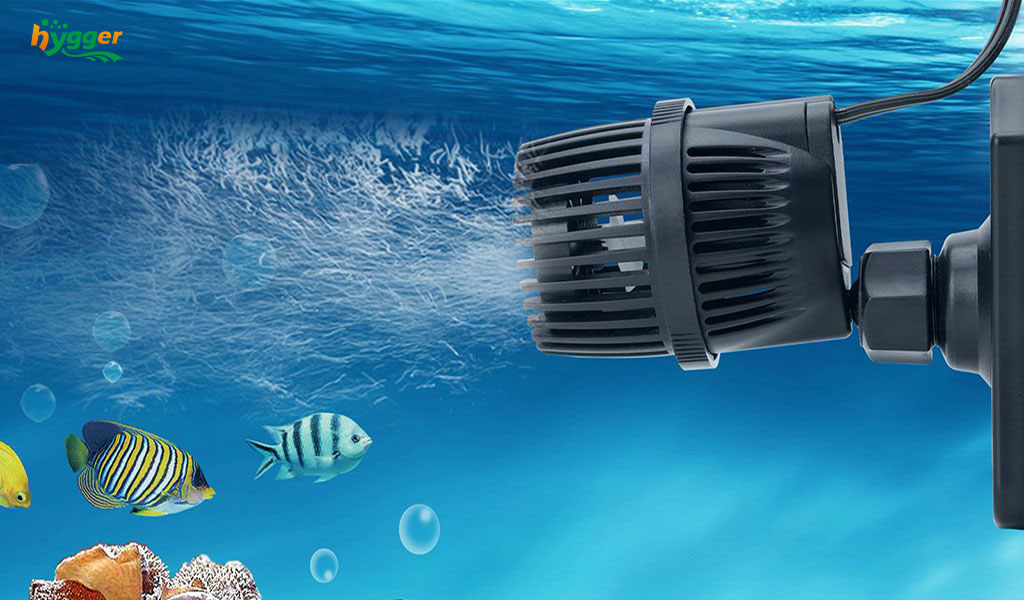
How to determine whether you need a wave maker for your aquarium?
Determining whether your aquariums need a wave maker depends on several factors, including types of aquariums, species of fish or corals, and the status of aquatic pets and aquariums. Next, we will cover some aquarium types that need or do not need a wave maker.
1)Aquarium types need a wavemaker
- Reef aquariums: especially those with live corals.
- Marine fish-only aquariums: particularly those fish prefer fast-flowing waters.
- Planted aquariums: kept with delicate or fine-leaved plants that tend to accumulate debris or suffer from stagnant areas.
2)Aquarium types do not need a wavemaker
- Freshwater fish-only aquariums (e.g. betta fish aquariums)
- Low-tech planted aquariums (generally kept low-maintenance and slow-growing plant species that do not need intense water movement)
- Shrimp and nano aquariums
Choose the Best Aquarium Wave Maker
Commonly, a large fish tank requires a wave maker with a higher flow rate. When it comes to aquarium wave maker size selection, you should consider the size of your aquarium and the aquatic pets’ requirements of flow rate. Typically, the aquarium water should be cycled about 10 times.
Then how to choose the best aquarium wave maker? Generally, the best wavemaker features an appropriate flow rate, ideal compatibility between the maker and aquatic pets, quiet running, plus easy installation and maintenance.
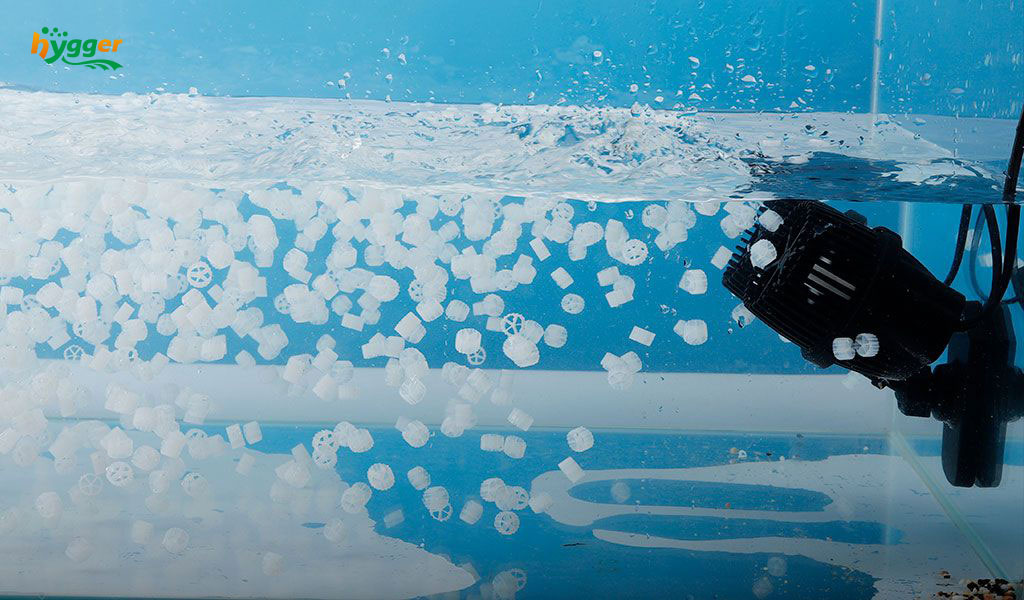
Next, we will share some suitable wave makers for diverse tank sizes.
| Tank size | The flow rate of a wave maker | Recommended wave maker |
| 50 gallons | 500 GPH | Mini wave maker |
| 75 gallons | 750 GPH | Aquarium wave maker |
| 135 gallons | 1350 GPH | Cross-flow Wave Pump |
| 180 gallons | 1800 GPH | Inverter wavemaker pump |
| 200 gallons | 2000 GPH | Double-head wave maker |
How to Position Wave Makers in Aquariums
Properly positioning a wave maker in your aquarium ensures effective water movement and creates a balanced flow. The most important point is that you should place it in the position which creates optimal water circulation. Here are some tips for positioning a wave maker:
- Place on the bottom of the tank: help to clean residues or other unnecessary substances.
- Place in the middle of the tank: create waves for fish surfing.
- Stick on the upper of the tank: aerate aquarium water
- The inlet or outlet of a wavemaker should not directly point to the fish.
- Avoid obstacles: For a smooth wave process, the wavemaker should be placed in an area where there are no obstructions, which can disrupt the waves, like rocks.
- Consider coral placement: position the wave maker in a way that provides direct flow to the corals. It ensures sufficient water movement and nutrient delivery. Some corals like Torch corals require a gentle water wave to thrive, and you can place the wavemaker farther away.
To Sum Up
In a nutshell, a wave maker in your aquarium is mainly to agitate and circulate water, while it also takes part in blowing up debris in the substrate. To choose the suitable aquarium wave maker size, you should consider basic factors: the tank size and the requirements of flow rate.
Related topics about aquarium wave makers
- How to Use Wave Maker in Aquarium
- How Long to Leave the Wave Maker on in the Fish Tank
- What Size Wavemaker Do I Need for a 400 Litre Tank
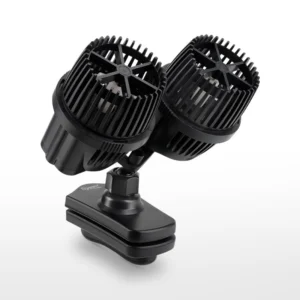
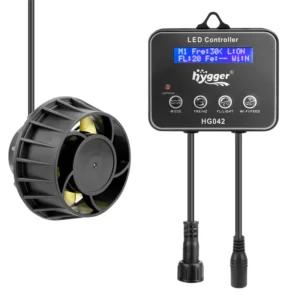
Hi I have an 8ft aquarium with a fx6 at both ends of the aquarium what wave maker would be ideal to purchase please to move the dead spots
Hi Shane,
How many gallons of your aquarium? The 8ft is the length, width or height?
We recommend a suitable wave maker according to your aquarium capacity.
Thanks
I had a wave maker from Hygger and whilst it was working I could not fault it for what was paid, lovely and quiet and on a 5ft tank it done the job perfectly,
unfortunately it packed up working after 6 months so I emailed customer service and I have never had customer service so faultless and professional in dealing with the problem, nothing was to much trouble and all was resolved within a couple of emails 10/10 I wish more companies treated the customer like Hygger have treated me.
i am new. I have a hyger hang on light but think it is too much light. I wouild like to know if I can use a wave maker for a 10 gallon tank. This tank was a gift and I don’t wan to go larger until I learn everything. I have a planted drift wood and 2 new plants and 2 hang on the rim plants
Hi Sherry Nelson,
Yep, you can install the hygger 021 mini wave maker for your 10 gallons. Choose the 530GPH model, it’s for 5-20 gallons tanks.
Thanks